Aging skin is influenced by internal genetics and external factors like stress, sleep, diet, pollution, UV radiation, and alcohol. Fine lines and wrinkles can be proactively addressed through non-surgical treatments such as retinoids, hyaluronic acid, fillers, injectables, chemical peels, microdermabrasion, laser therapy, and at-home routines featuring peptides, vitamin C, and sunscreen. These methods stimulate collagen production, enhance hydration, and reduce inflammation to achieve smoother, more radiant skin. Personalized approaches based on skin type and specific concerns, guided by a dermatologist, are key to selecting the best non-surgical treatment for fine lines.
“As we age, our skin undergoes natural changes, leading to the appearance of fine lines and wrinkles. This comprehensive guide delves into the world of non-surgical anti-aging treatments for fine lines, offering a detailed exploration of effective strategies. From understanding the causes and types of these delicate markings to uncovering powerful topical solutions and innovative procedures like Botox and laser therapy, we empower you with knowledge. Discover at-home routines, natural remedies, and expert advice on choosing the ideal non-surgical solution for youthful skin.”
Understanding Fine Lines: Causes and Types

Fine lines are a natural part of aging, but understanding their causes and types can empower individuals to take proactive measures in their skincare routines. These delicate lines and wrinkles can vary in depth and appearance, ranging from shallow furrows to more pronounced creases around the eyes, mouth, and forehead. The primary culprit behind fine lines is collagen loss over time, a process accelerated by environmental factors like sun exposure, smoking, and repetitive facial expressions.
Non-surgical treatments offer a range of options for addressing these concerns. For instance, topical retinoids can stimulate collagen production, while hyaluronic acid helps to hydrate and fill in fine lines from within. Moreover, certain fillers and injectables temporarily add volume, smoothing out the skin’s surface. Each type of fine line may require a specific approach, making it crucial to consult a dermatologist who can tailor treatments to individual needs.
The Role of Lifestyle in Aging Skin

Aging skin is a complex process influenced by both internal and external factors. While genetics play a significant role, lifestyle choices can greatly impact the speed and severity of skin aging. In today’s fast-paced world, many people lead stressful lives, often coupled with inadequate sleep and an unhealthy diet—factors that can accelerate the formation of fine lines and wrinkles. Additionally, exposure to environmental stressors such as pollution, UV radiation from the sun, and excessive alcohol consumption contribute to premature aging.
Adopting a healthy lifestyle is, therefore, a crucial component in the quest for youthful-looking skin. This includes prioritizing stress management techniques, maintaining a balanced diet rich in antioxidants, and ensuring sufficient sleep. Incorporating non-surgical treatments like chemical peels, microdermabrasion, or laser therapy can also help to reduce fine lines by stimulating collagen production and exfoliating dead skin cells. By combining these approaches with a holistic approach to well-being, individuals can achieve and maintain smoother, more radiant skin.
Topical Creams and Serums for Fine Line Reduction
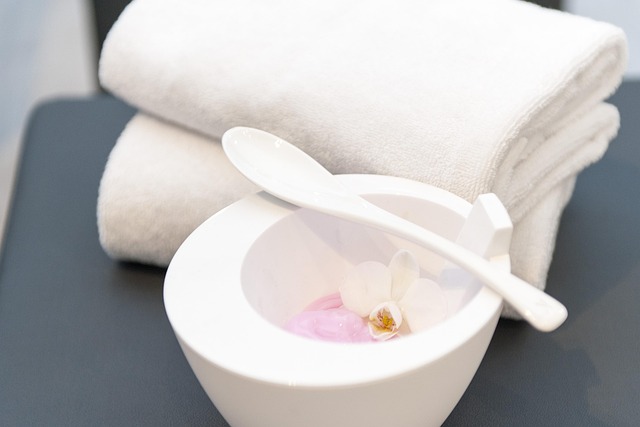
When it comes to addressing fine lines, topical creams and serums offer a range of non-surgical treatments that have gained significant popularity. These formulations are designed to penetrate deeper into the skin than traditional moisturizers, targeting specific concerns like wrinkles and loss of elasticity. Key active ingredients such as retinol, peptides, and vitamins C and E stimulate collagen production, boost skin hydration, and help reduce the appearance of fine lines over time.
Many modern serums and creams incorporate advanced delivery systems to ensure these powerful components are effectively absorbed by the skin. This ensures that users can achieve optimal results without the need for invasive procedures. As with any skincare routine, consistency is key when using topical treatments. Regular application, often twice daily, allows for continuous improvement in skin texture and overall youthfulness.
Non-Invasive Procedures: Dermal Fillers and Botox
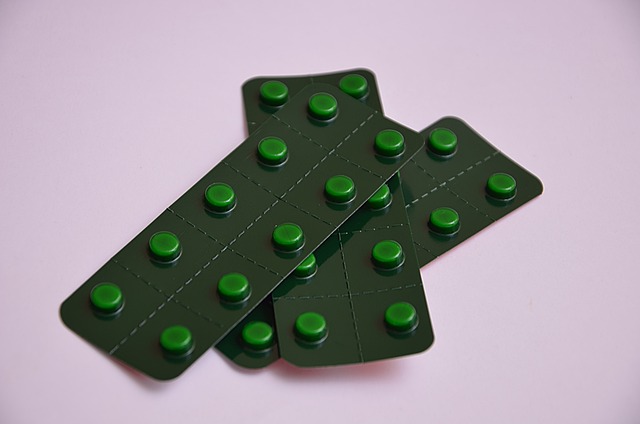
Non-surgical treatments like dermal fillers and Botox have emerged as popular choices for addressing fine lines and wrinkles, offering effective and minimally invasive solutions. Dermal fillers involve injecting a substance into the skin to enhance its volume and smooth out creases, providing immediate results that can last for several months. This method is particularly effective in plumping up deep facial lines and adding definition to the face.
Botox, on the other hand, works by relaxing specific muscle groups responsible for causing wrinkles. When injected, Botox blocks nerve signals, preventing muscle contraction and thus reducing the appearance of lines and furrows. Both procedures are widely regarded as safe and have established reputations in the cosmetic industry, providing individuals with a more youthful complexion without the need for extensive surgery or lengthy recovery periods.
Alternative Treatments: Laser Therapy and Microdermabrasion

When it comes to fine lines and wrinkles, many people turn to medical procedures for quick fixes. However, there are also effective non-surgical treatments that offer significant results without the risks associated with invasive methods. Two such alternative options are laser therapy and microdermabrasion.
Laser therapy uses concentrated light beams to stimulate collagen production, improving skin texture and reducing fine lines. It is a precise method that can target specific areas, making it ideal for treating localized wrinkles. On the other hand, microdermabrasion is a mechanical exfoliation process that removes the top layer of dead skin cells, revealing smoother, younger-looking skin. This procedure can be particularly effective in reducing the appearance of age spots and improving overall skin tone. Both treatments offer minimal downtime and are suitable for various skin types, providing individuals with natural and safe anti-aging solutions.
At-Home Care Routines for Youthful Skin
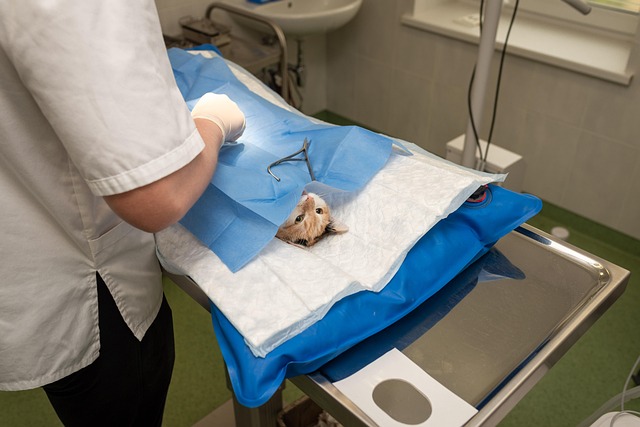
Maintaining youthful skin doesn’t always require a trip to the dermatologist. At-home care routines can significantly contribute to preventing and reducing fine lines, offering a range of non-surgical treatments accessible to everyone. The key lies in consistency and choosing the right products for your skin type. Start with a gentle cleanser to remove impurities without stripping away natural oils, followed by a hydrating toner to balance moisture levels.
Moisturizers enriched with peptides, hyaluronic acid, and retinol are powerful allies in the battle against aging. Peptides stimulate collagen production, while hyaluronic acid plumps the skin, and retinol—a derivative of vitamin A—exfoliates dead cells, promoting cell turnover and reducing the appearance of fine lines over time. Don’t forget to incorporate a broad-spectrum sunscreen during the day to protect your skin from UV damage, one of the primary causes of premature aging.
Natural Remedies and Their Efficacy
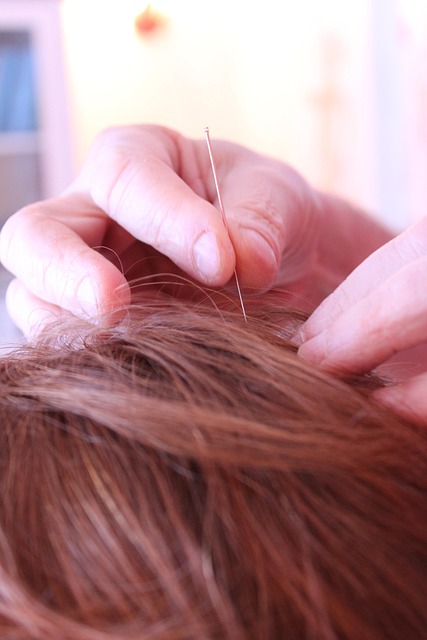
Many people turn to natural remedies for anti-aging fine lines, opting for non-surgical treatments as a safer alternative to cosmetic procedures. While scientific studies on their efficacy vary, several natural compounds have shown promise in reducing the appearance of wrinkles and improving skin elasticity. For instance, topical applications of vitamin C, hyaluronic acid, and retinol are well-documented for their ability to stimulate collagen production, hydrate the skin, and enhance cell turnover.
Herbal extracts like green tea, aloe vera, and lavender are also commonly used in skincare products due to their anti-inflammatory and antioxidant properties. These natural remedies offer a gentler approach to skincare, appealing to those seeking more holistic options for staying youthful. However, it’s important to note that individual results may vary, and consistency in application is key to seeing significant improvements.
Safety Considerations and Common Side Effects

When considering anti-aging strategies for fine lines, it’s paramount to prioritize safety above all. Non-surgical treatments, while effective, come with their own set of potential side effects. These can range from mild irritation and redness to more severe reactions, depending on the specific procedure and individual tolerance. It’s crucial to consult a qualified professional who can guide you through the options, ensuring the best approach for your skin type and needs.
Common side effects may include temporary swelling, bruising, or peeling. For instance, chemical peels and certain laser treatments might cause initial discomfort or sensitivity to sunlight. In some cases, more serious allergic reactions or adverse effects could occur, but these are generally rare when performed by experienced practitioners who adhere to strict safety protocols.
Choosing the Right Non-Surgical Anti-Aging Solution
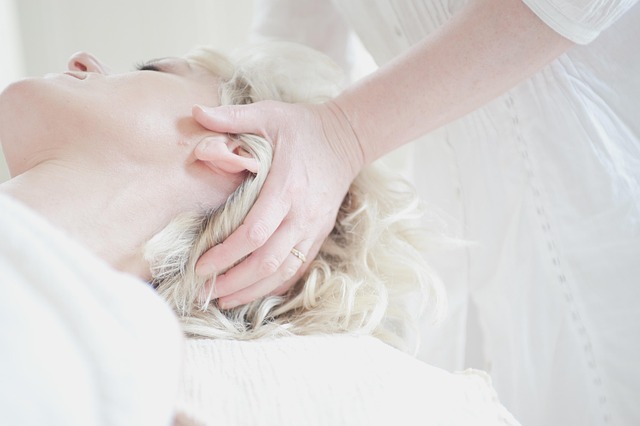
When considering non-surgical anti-aging treatments for fine lines, it’s crucial to select a solution that aligns with your specific needs and skin type. Non-surgical treatments offer a range of options, from topical creams and serums to advanced technologies like lasers and radiofrequency devices. Each has its unique benefits and may target different aspects of aging, such as collagen stimulation, muscle relaxation, or skin hydration.
The key is to understand your skin’s requirements and consult with a dermatologist or skincare specialist. They can guide you through the various treatments available, helping you choose the most effective and safe option. Factors like skin sensitivity, budget, and desired results should influence your decision. Additionally, staying informed about the latest advancements in non-surgical anti-aging ensures you have access to the most promising and innovative solutions.
